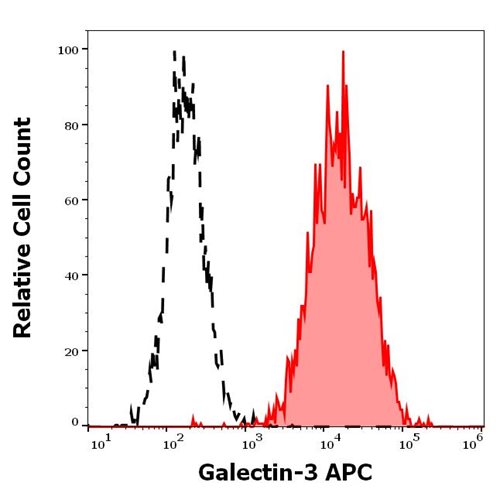Carbonic Anhydrase 2 Recombinant Protein
Shipping Info:
For estimated delivery dates, please contact us at [email protected]
| Amount : | 25 µg |
| Purification : | Greater than 95.0% as determined by(a) Analysis by RP-HPLC.(b) Analysis by SDS-PAGE. |
| Content : | The Carbonic Anhydrase 2 enzyme is supplied in 20mM Tris pH-8 and 1mM DTT. |
| Storage condition : | Carbonic Anhydrase II although stable at 4°C for 1 week, should be stored desiccated below -18°C. For long term storage it is recommended to add a carrier protein (0.1% HSA or BSA).Please prevent freeze-thaw cycles. |
| AA sequence : | MGSSHHHHHH SSGLVPRGSH MKDIDTLISN NALWSKMLVE EDPGFFEKLAQAQKPRFLWI GCSDSRVPAE RLTGLEPGEL FVHRNVANLV IHTDLNCLSV VQYAVDVLEV EHIIICGHYG CGGVQAAVEN PELGLINNWL HIRDIWFKH SSLLGEMPQE RRLDTLCELN VMEQVYNLGH STIMQSAWKR GQKVTIHGWA YGIHDGLLRD LDVTATNRET LEQRYRHGIS NLKLKHANHK. |
| Alternative Name : | Carbonic anhydrase 2, Carbonate dehydratase 2, can, cynT2, yadF, b0126, JW0122, Carbonic Anhydrase II. |
Source : Escherichia Coli. Carbonic anhydrase II is an E.coli Recombinant protein produced in E.Coli containing 240 amino acids (1-220) and having a molecular mass of 27 kDa. Carbonic anhydrase is expressedwith an amino-terminal hexahistidine tag.The Carbonic anhydrase 2 is purified by proprietary chromatographic techniques. The enzyme Carbonic anhydrase II having an accession number of NP_414668 is also called carbonate dehydratase which is part of the enzyme family that catalyses rapid inter-conversion of carbon dioxide & water to bicarbonate, carbonic acid and protons (CO2 + H2O = HCO3 + H+), a reaction that occurs rather slowly in the absence of a catalyst. The majority of carbonic anhydrases enclose a zinc ion in their active site and therefore is classified as metalloenzymes.The most important function of Carbonic anhydrase is known to preserve acid-base balance in blood and other tissues, and to help transport carbon dioxide of tissues. Carbonic anhydrases have been found in all kingdoms of life. Carbonic anhydrase has 3 different classes: alpha, beta and gamma which share very little sequence or structural similarity, thus far they all perform the same function and require a zinc ion at the active site. Mammalian carbonic anhydrase is monomeric and belongs to the alpha class. Plant carbonic anhydrase is dimeric and belongs to the beta class.Methane-producing bacteria carbonic anhydrase is trimeric and grows in hot springs which forms the gamma class.
|
There are currently no product reviews
|





















.png)









